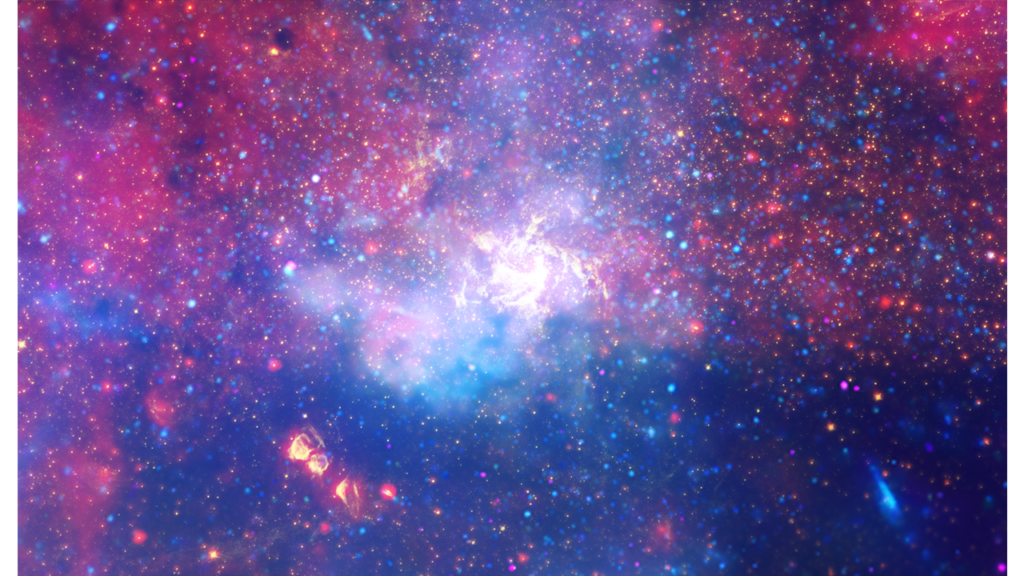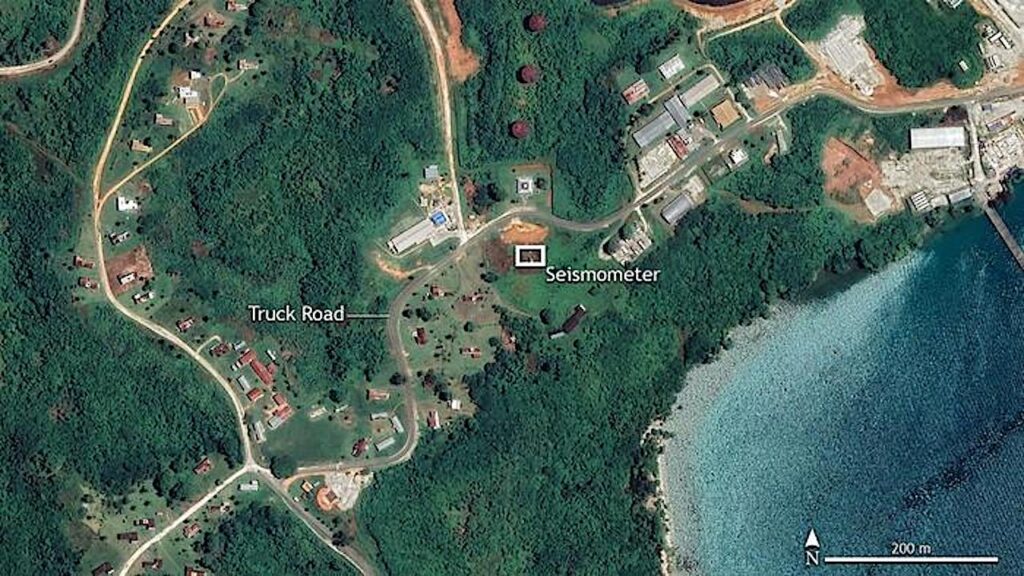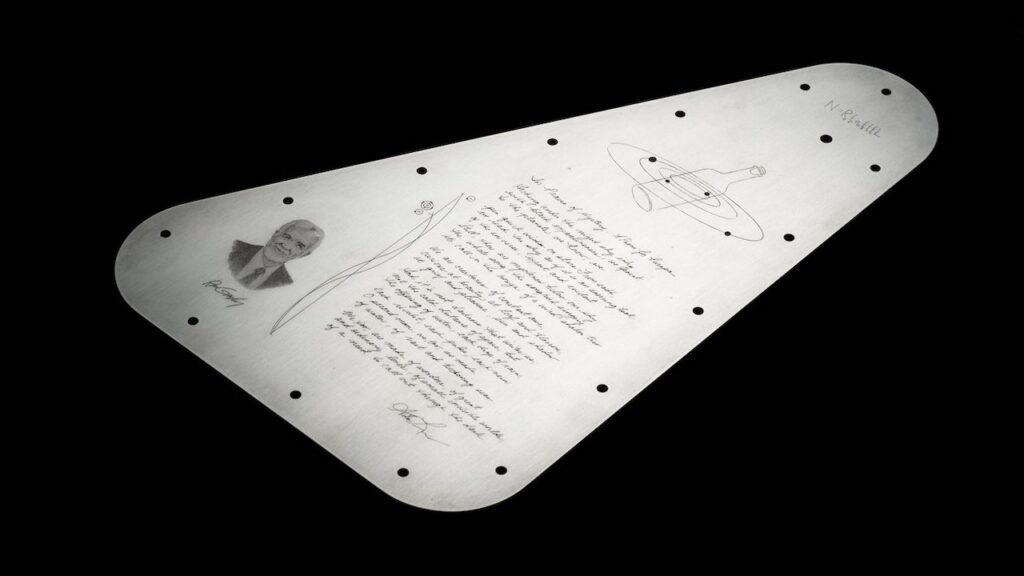Nitrogen Dioxide Pollution As A Signature Of Extraterrestrial Technology

Nitrogen dioxide (NO2) on Earth today has biogenic and anthropogenic sources. During the COVID-19 pandemic, observations of global NO2 emissions have shown significant decrease in urban areas.
Drawing upon this example of NO2 as an industrial byproduct, we use a one-dimensional photochemical model and synthetic spectral generator to assess the detectability of NO2 as an atmospheric technosignature on exoplanets. We consider cases of an Earth-like planet around Sun-like, K-dwarf and M-dwarf stars. We find that NO2 concentrations increase on planets around cooler stars due to less short-wavelength photons that can photolyze NO2.
In cloud-free results, present Earth-level NO2 on an Earth-like planet around a Sun-like star at 10pc can be detected with SNR ~5 within ~400 hours with a 15 meter LUVOIR-like telescope when observed in the 0.2 – 0.7micron range where NO2 has a strong absorption. However, clouds and aerosols can reduce the detectability and could mimic the NO2 feature.
Historically, global NO2 levels were 3x higher, indicating the capability of detecting a 40-year old Earth-level civilization. Transit and direct imaging observations to detect infrared spectral signatures of NO2 on habitable planets around M-dwarfs would need several 100s of hours of observation time, both due to weaker NO2 absorption in this region, and also because of masking features by dominant H2O and CO2 bands in the infrared part of the spectrum. Non-detection at these levels could be used to place upper limits on the prevalence of NO2 as a technosignature.
Ravi Kopparapu, Giada Arney, Jacob Haqq-Misra, Jacob Lustig-Yaeger, Geronimo Villanueva
Comments: Accepted to Astrophysical Journal (in press). 1-D photochemical code from ‘Atmos’ is available at: this https URL
Subjects: Earth and Planetary Astrophysics (astro-ph.EP); Instrumentation and Methods for Astrophysics (astro-ph.IM); Popular Physics (physics.pop-ph)
Cite as: arXiv:2102.05027 [astro-ph.EP] (or arXiv:2102.05027v1 [astro-ph.EP] for this version)
Submission history
From: Ravi Kumar Kopparapu
[v1] Tue, 9 Feb 2021 18:45:37 UTC (1,478 KB)
https://arxiv.org/abs/2102.05027
Astrobiology, SETI,








